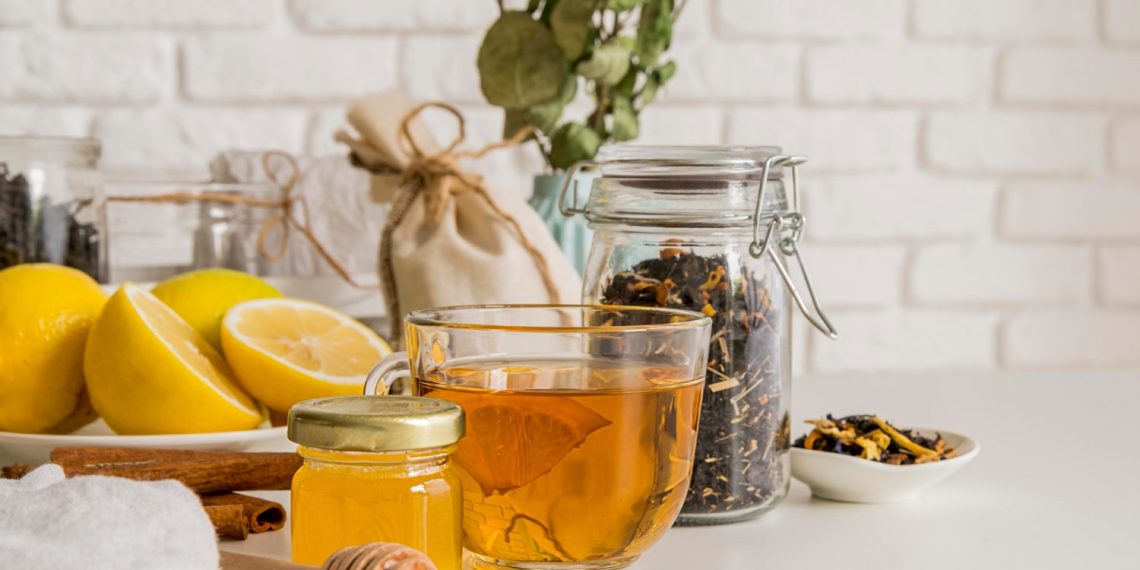Bladder spasms can disrupt your life in ways you might not have imagined. They can make you feel a sudden, uncontrollable urge to urinate, often accompanied by discomfort and anxiety. If you’re tired of these unwelcome episodes, you’re not alone. Many women face this challenge, and thankfully, there are proven ways to stop bladder spasms fast.
Understanding bladder spasms is crucial; they occur when the muscles in your bladder contract involuntarily. This can lead to frequent urination, urgency, and sometimes pain. While it may seem daunting, with the right strategies, you can regain control and enhance your quality of life.
Contents
Why Do Bladder Spasms Happen?
Before we dive into solutions, let’s explore what might trigger these spasms. Various factors can contribute, including:
- Urinary tract infections (UTIs)
- Overactive bladder
- Stress and anxiety
- Certain foods and drinks (like caffeine and alcohol)
- Medical conditions such as interstitial cystitis
Recognizing your triggers is the first step in managing bladder spasms effectively.
1. Stay Hydrated, But Smartly
It sounds counterintuitive, right? Drinking water can help, but how much and when matters.
- Limit caffeine and alcohol. Both can irritate your bladder and lead to more spasms.
- Opt for water. Aim for 6-8 glasses a day, but consider spreading it out to avoid overwhelming your bladder.
By managing your fluid intake wisely, you can help soothe your bladder while keeping it functioning optimally.
2. Practice Relaxation Techniques
Your mind and body are intricately connected. Stress can exacerbate bladder spasms, making relaxation essential.
- Deep breathing: Inhale deeply and exhale slowly. This simple act can help calm your nervous system.
- Meditation: Spend a few minutes each day focusing on your breath or a mantra. Apps like Calm or Headspace can guide you.
- Yoga: Gentle stretching can relieve tension in your body and promote relaxation.
These techniques can help you feel more in control and less anxious when those spasms strike.
3. Dietary Adjustments Matter
What you eat plays a significant role in how your bladder behaves. Here’s a quick list of foods to avoid:
- Spicy foods
- Citrus fruits
- Artificial sweeteners
Instead, incorporate:
- High-fiber foods: Whole grains, fruits, and vegetables can help maintain a healthy digestive tract.
- Magnesium-rich foods: Almonds, spinach, and avocados support muscle function.
Making these small dietary changes can go a long way in easing bladder spasms.
4. Try Bladder Training
Bladder training is a practical method that can help you regain control over your bladder. Here’s how it works:
- Set a schedule: Start by urinating at regular intervals (every 2-3 hours).
- Gradually increase the time: Once you feel comfortable, extend the intervals to 4 hours or more.
This technique can help your bladder learn to hold more urine and reduce the frequency of spasms.
5. Consider Medications
While lifestyle changes are impactful, sometimes you might need a bit more help. Consult your healthcare provider about medications that could ease your symptoms.
- Anticholinergics: These medications can help reduce bladder spasms.
- Beta-3 agonists: These can relax the bladder and increase its capacity.
Always discuss potential side effects and benefits with your doctor to find the best fit for your situation.
6. Physical Therapy for the Pelvic Floor
Did you know that your pelvic floor muscles play a crucial role in bladder control? A trained physical therapist can help you strengthen these muscles, reducing spasms and improving function.
- Kegel exercises: These can help you gain better control. Contract your pelvic muscles as if you’re stopping the flow of urine, hold for a few seconds, then release.
- Biofeedback therapy: This can provide insight into how well your pelvic muscles are functioning.
Investing in your pelvic health can yield significant benefits, both for bladder control and overall well-being.
7. Natural Remedies and Supplements
Some people find relief through natural remedies. While research is still ongoing, certain supplements may help:
- Magnesium: Known for its muscle-relaxing properties, magnesium can soothe bladder spasms.
- Cranberry: While it may not prevent UTIs, cranberry juice can help maintain urinary tract health.
- Pumpkin seed extract: Some studies suggest it may improve bladder function.
Always consult your healthcare provider before trying new supplements to ensure they’re safe for you.
Bottom Line
You don’t have to let bladder spasms run your life. By understanding your body and implementing these proven ways to stop bladder spasms fast, you can reclaim your comfort and confidence. Whether through dietary changes, relaxation techniques, or medical interventions, there’s hope for a more peaceful existence.
Take charge today; your bladder—and your life—will thank you for it.
FAQs
Q: What are the most common triggers for bladder spasms?
A: Common triggers include UTIs, stress, certain foods, and medical conditions like interstitial cystitis.
Q: How long does a bladder spasm last?
A: The duration can vary, but spasms typically last a few seconds to a couple of minutes.
Q: Can bladder spasms be a sign of a serious condition?
A: While often benign, frequent spasms can indicate underlying issues. Consult your doctor for a proper evaluation.
Q: Are there specific exercises to help with bladder control?
A: Yes, Kegel exercises are particularly effective for strengthening pelvic floor muscles.
Q: Should I see a doctor if my bladder spasms persist?
A: Yes, if spasms are frequent or severe, it’s important to consult a healthcare professional for a comprehensive assessment.
Take the first step towards a more comfortable life today!
Get Your FREE Natural Health Guide!
Subscribe now and receive our exclusive ebook packed with natural health tips, practical wellness advice, and easy lifestyle changes — delivered straight to your inbox.
















